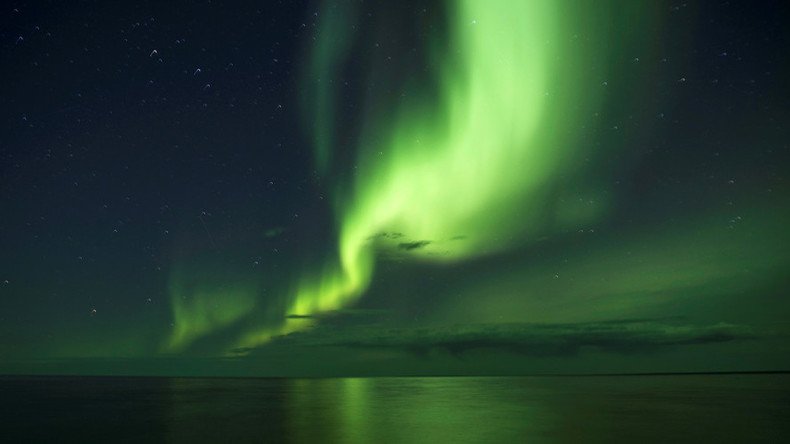Magnetic field of dreams: Amateur stargazers help solve mystery of unknown aurora

Amateur stargazers have teamed up with academic experts to solve the mystery of a previously unknown aurora in the night sky above Alberta, Canada.
Spotted by the Alberta Aurora Chasers – a social media group of amateur photographers in western Canada – the purple ribbon-like aurora had been a source of bafflement for the group’s members, who, unsure of what to call it, gave it the simple name ‘Steve’.
The group brought their discovery to Professor Eric Donovan of the University of Calgary who, in turn, consulted data from the European Space Agency’s (ESA) Swarm Mission – a constellation of three satellites measuring the magnetic signals emanating from the Earth’s core, crust, and oceans.
Soon, Professor Donovan was able to match a sighting of ‘Steve’ to readings collected from one of the satellites as it passed over.
“As the satellite flew straight through Steve, data from the electric field instrument showed very clear changes,” said Professor Donovan in an ESA blog.
“The temperature 300 kilometers (186 miles) above Earth’s surface jumped by 3,000 degrees Celsius (5,432 Fahrenheit) and the data revealed a 25 kilometer-wide ribbon of gas flowing westwards at about six kilometers per second compared to a speed of about 10 meters per second either side of the ribbon,” he said.
“It turns out that Steve is actually remarkably common, but we hadn’t noticed it before. It’s thanks to ground-based observations, satellites, access to data, and an army of citizen scientists joining forces to document it,” Professor Donovan added.
Professor Donovan is not sure this new finding would have been possible 20 years ago, when he started to study auroras.
“In 1997, we had just one all-sky imager in North America to observe the aurora borealis from the ground. Back then, we would be lucky if we got one photograph a night of the aurora taken from the ground that coincides with an observation from a satellite. Now, we have many more all-sky imagers and satellite missions like Swarm so we get more than 100 a night,” he said.
ESA’s Swarm mission scientist, Roger Haagmans, was also generous in his praise for the amateur group, saying: “It is amazing how a beautiful natural phenomenon seen by observant citizens can trigger scientists’ curiosity."
“The ground network and the electric and magnetic field measurements made by Swarm are great tools that can be used to better understand Steve. This is a nice example of society for science,” said Haagmans.












